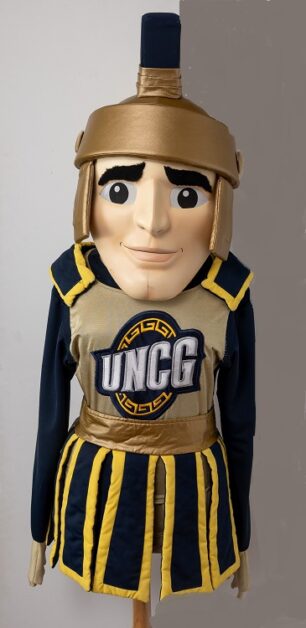MANUSCRIPTS
ART SUPPLY BOX
This art supply box originally belonged to Josephine Crocker Maddrey Alston, a member of the Woman’s College class of 1948. Alston was a Home Economics major while attending WC.
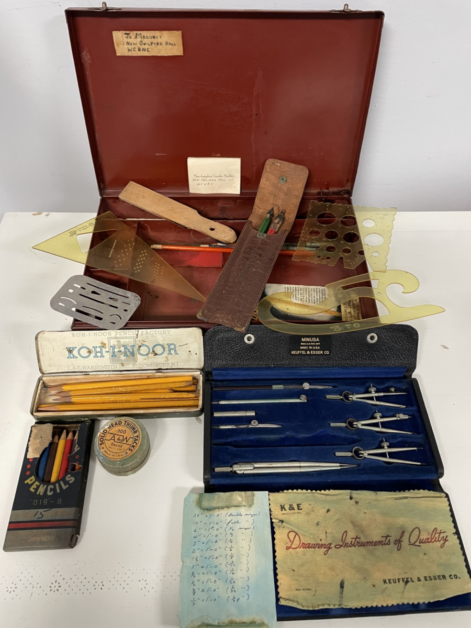
WORLD WAR I AMERICAN RED CROSS POSTERS
These WWI posters stress the importance of giving to the American Red Cross. The Red Cross played a valuable role in the war effort, aiding soldiers, prisoners of war, and even civilians. These types of posters were a tool for promoting the organization and encouraging donations.
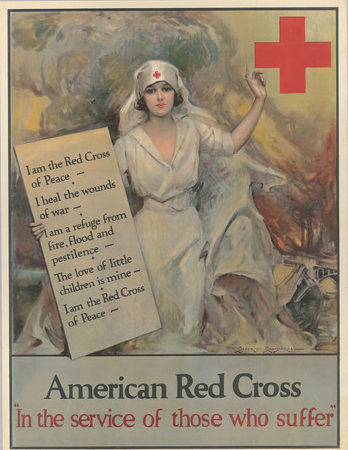
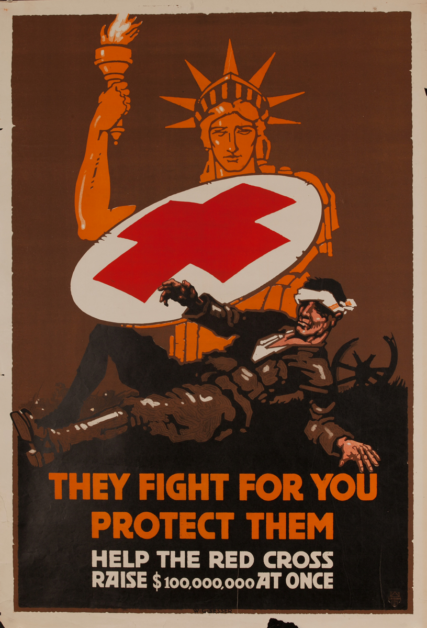
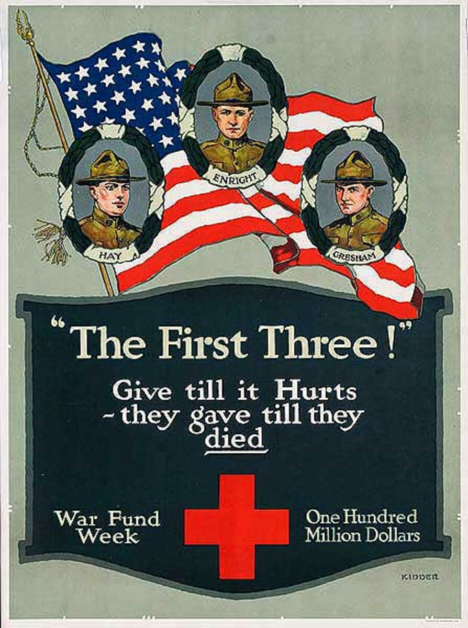
WORLD WAR II HOMEFRONT POSTER
This poster, designed by Robert M. Jones, echoes the “Loose lips sinks ships” message that was popular during World War II. These themes represented the dangers of spreading information that could cause damage to the war effort.

RARE BOOKS
Three Views of the Coronation Procession of Queen Victoria:
SCUA recently purchased three separate publications depicting Queen Victoria’s coronation procession. Victoria was Queen of the United Kingdom of Great Britain and Ireland (1837 to 1901) and Empress of India (1876-1901). These colorful items are shown below:
Soffe’s Panoramic Representation of the Grand Procession
First edition, the premium coloured issue, of this eighteen-foot-long panorama of Queen Victoria’s coronation procession, an attractive coronation souvenir for the public, and a valuable representation of the dress and pageantry of the nobility and foreign dignitaries who attended the procession. Four hundred thousand onlookers watched the procession, heralding the start of the Victorian Age.
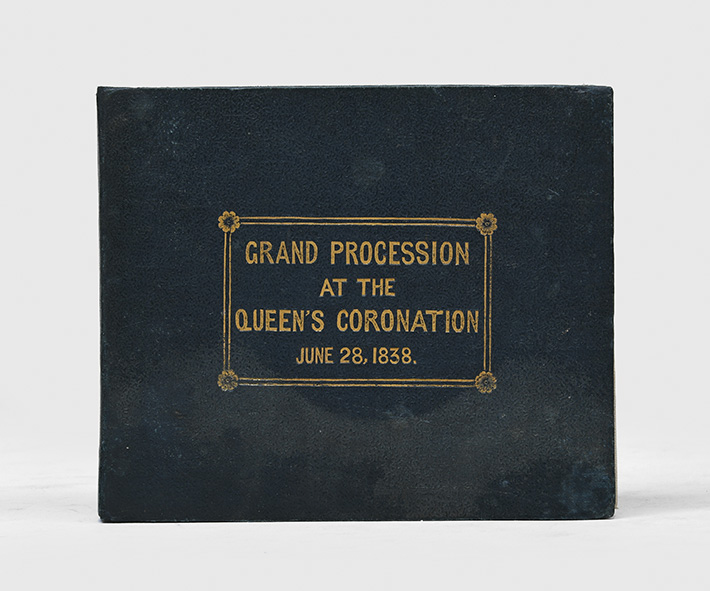
the Queen’s Coronation, eighteen feet in length. Price 6s. plain – 12s. coloured.
London: Published by W. Soffe, 1838.
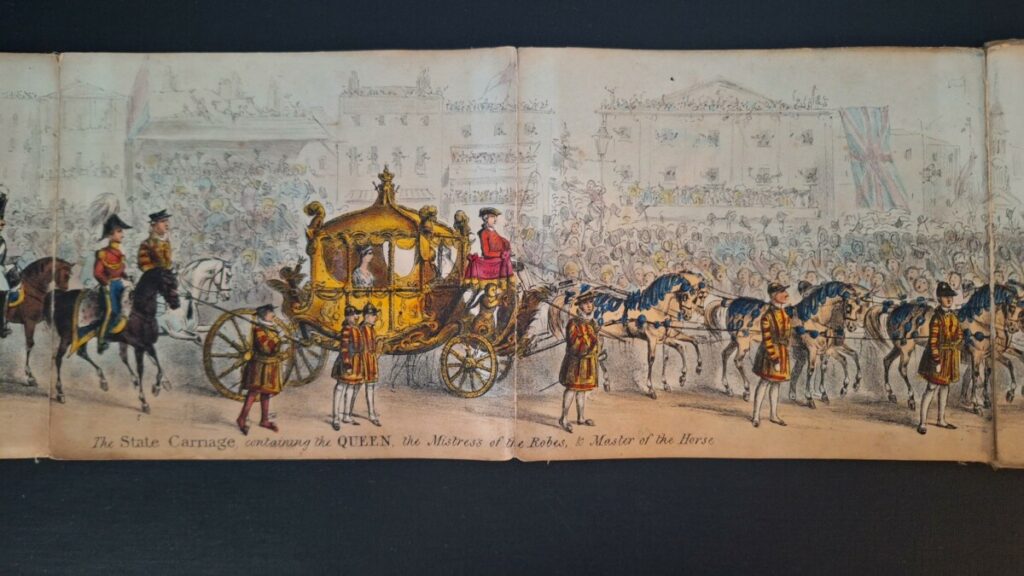
The Splendid Procession of Queen Victoria to her Coronation
First edition of this uncommon, attractive, and impressive panorama, offering the viewer the opportunity to bring into the parlor the glint and shimmer of Victoria’s coronation procession. The panorama depicts Victoria’s coronation procession making its way from Pall Mall to Westminster Abbey, passing landmarks along the way including Lower Regent Street, Trafalgar Square, and the Banqueting House. Identifications of participants in the procession are printed in the margin and include various types of guards, dukes and duchesses, and foreign ambassadors.
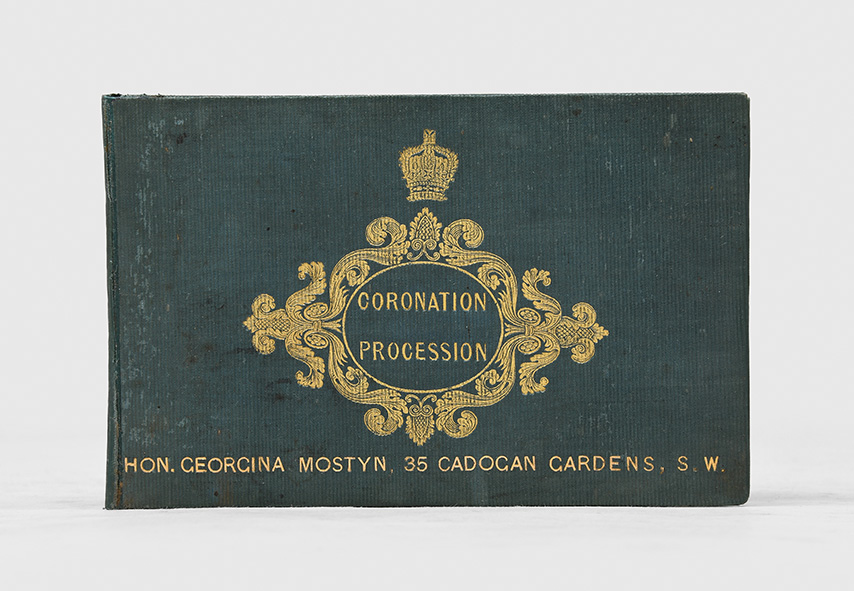
of June 1838, displaying every portion of the royal cortege, on that memorable occasion, as well as
the whole line of streets, with their numerous decorations, from the Duke of York’s Pillar to Her
Majesty’s Entrance at Westminster Abbey. London: Relfe and Fletcher, 1838.
The historian Sir Roy Strong writes: “The procession from the palace through the London streets was an innovation now that the one on foot from Westminster Hall to the Abbey had been abolished. This would prove to be the seed for everything that was to follow, the provision of public spectacle for the masses in the new democratic age. For the first time, what we now know as the Coronation Coach, the state coach of George III, was used to bear the sovereign to the Abbey… by 1838 the Reform Bill had been passed and Lord Melbourne’s eye would have been on the wider public and, as a consequence, the procession was deliberately developed, its route extended and an extra £26,000 assigned to it… Victoria’s procession included the Lifeguards, the foreign residents, two bands of the Household Brigade, carriages bearing members of the royal family and household, besides a hundred Yeomen of the Guard” (Royal Archives online).
The owner Georgina Mostyn (with her name to the front cover) is named in various reports of high society events in newspapers in the latter decades of the century, including those hosted by Queen Victoria.
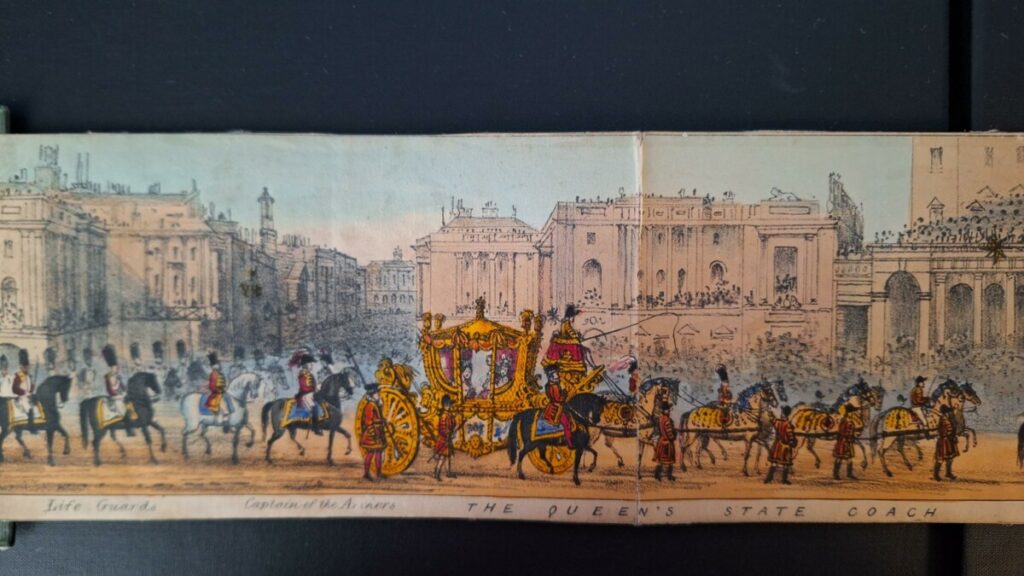
Panoramic Coronation Procession from Drawings Taken on the Spot
First edition of this uncommon, attractive, and impressive panorama. The others we have handled folded out of cases; this is the first example rolled into a tube, suitable for carrying in a pocket and an attractive souvenir.
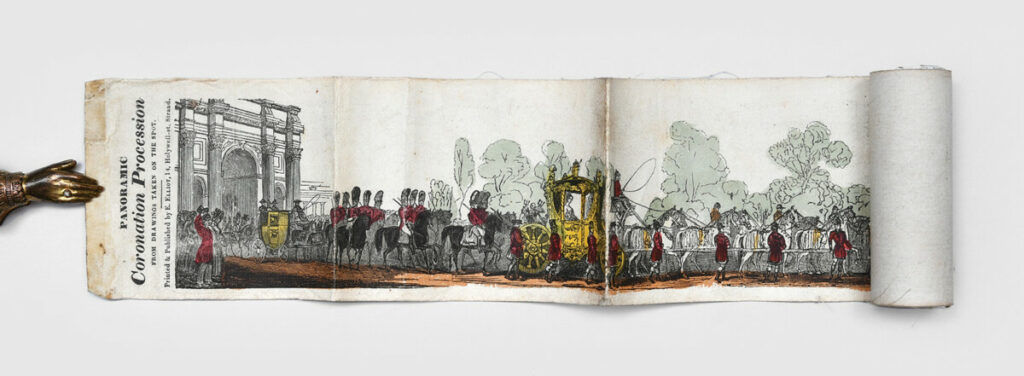
London: Printed and published by E. Elliot, 1838.

The Practical Gardener and Gentleman’s Directory
“Of considerable use to such practitioners, as may wish for the necessary instructions”
First edition of the author’s practical handbook on gardening. This copy is complete with the detailed folding plate, depicting the correct layout of a fruit garden. The Practical Gardener collects extensive advice and instructions on the then-fashionable branches of gardening, including fruit, physic (i.e. herbal), and pleasure gardens. The Practical Gardener contains a testimonial from several prominent gardeners, among them “Tho. Hathaway, head gardener at the Charter-House” (p. [iii]). Clearly, Garton was himself a practicing gardener, for he affirms that the work’s instructions “have been tried and proved by the experience of more than thirty years practice” (p. [vi]).
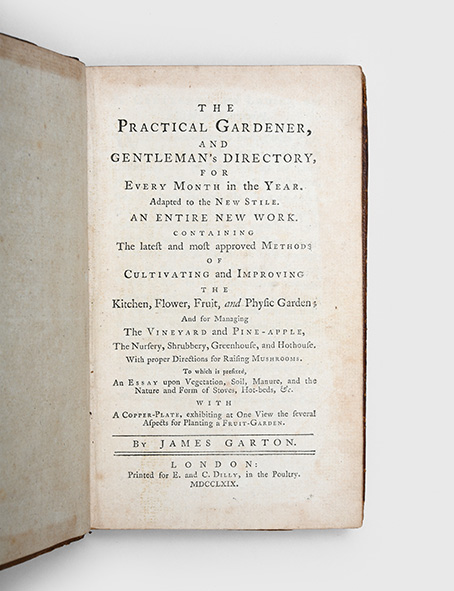
Copper-Plate, exhibiting at One View the several Aspects for Planting a Fruit-Garden.
London: Printed for E. and C. Dilly, 1769.
From the Library of Henry Irving
First edition of Griffith’s influential essay on Shakespeare, which “paved the way for an emerging critical association between Shakespeare and national identity” (Eger, p. 130). This copy has an apt thespian provenance, from the library of Henry Irving, the greatest Shakespearean actor of his generation, with his bookplate to the front pastedown and his pencilled marks to the text. “The unrivalled great Hamlet of his period”, Irving (1838-1905) was a towering figure of the Victorian stage and is chiefly remembered for his numerous Shakespearean performances, which “marked him as the foremost actor of the time” (ODNB). In order to collect information and find inspiration for his stage productions, Irving acquired and used an extensive library of rare books. Numerous pages in this copy have pencil marks in the margins highlighting specific portions of text, and it is tempting to speculate that these passages contributed to shaping his interpretation of Shakespeare.
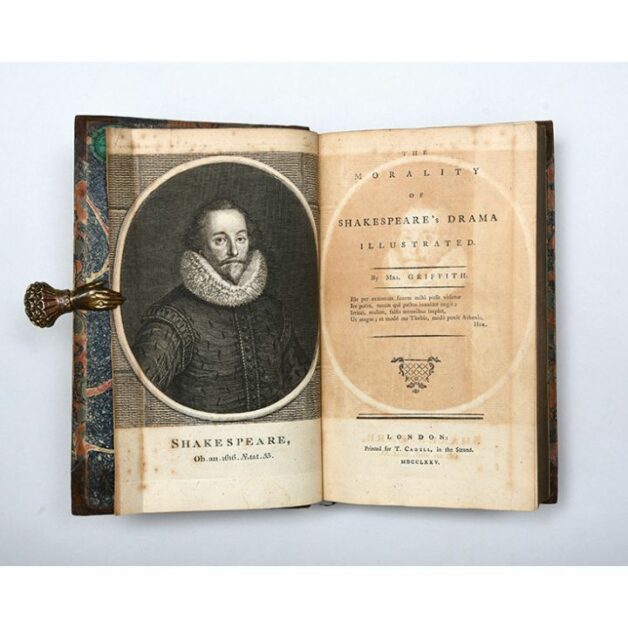
London: T. Cadell, 1775.
Charlotte Lennox’s earlier Shakespeare Illustrated (1753-1754) laid the groundwork for female literary critics’ involvement with the Bard, but often tagged Shakespeare as unoriginal and lacking in rigour. In this work, Griffith rose up in his defense, asserting that “he is a Classic, a contemporary with all ages” and drawing attention both to his enhancement of the English language as well as to the very British “code of morality” that he infuses into his plays. In the postscript, the author explains: “My intention in this work was not only to propound the beauties of the Poet, but to expound the document of the Moralist… I have ever thought him by much the greatest poet of our nation… I am of an opinion that we need not surrender the British Palm either to the Grecian Bay or the Roman Laurel.” Rather than privileging the classical writers of antiquity and losing sight of the contributions of their own countrymen, the British should celebrate how one of their own has shaped the world.
Psychedelic Palette
First and only edition of this scarce promotional trade catalogue, showcasing the graphic benefits of Day-Glo fluorescent paints and inks across 68 pages bursting with vibrant design. This copy comes complete with pop-out-and-make fluorescent cube, pop-up flower garden, and the three folding colour charts in the end pocket (often missing).
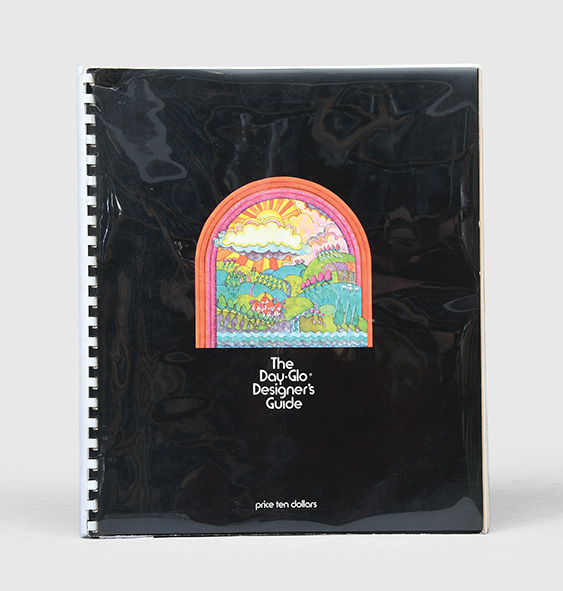
Cleveland: Day-Glo Color Corp., 1969.
The Switzer brothers established the Fluor-S-Art Co. in 1934, with the intention of developing and selling black (UV) light paints to advertising companies. The idea of colour glowing under a black light proved popular with night club and theatre owners. During the 1940s the Switzers experimented with a new class of pigment that fluoresces in daylight and their products were used extensively by the US military. The present catalogue was issued in the year that the Switzer brothers changed the name of their company from the more prosaic Switzer Brothers, Inc. to DayGlo Color Corp.
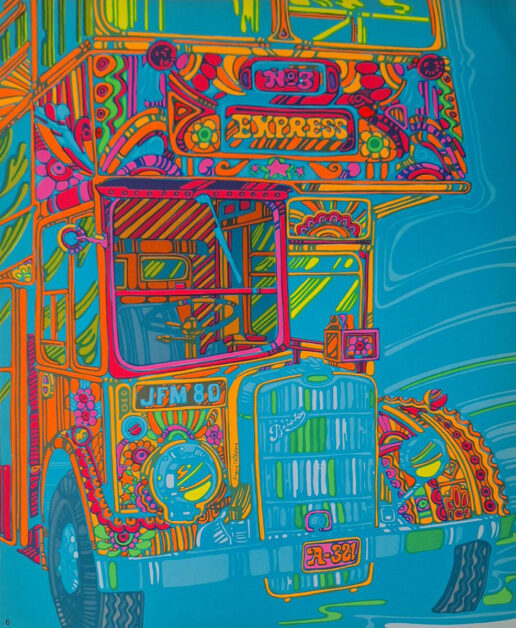
Negatives / Xu Yong
From the Epilogue, written by Martin Rendel:
When we talk about 1989 in Germany, most people revel in cheerful memories and try to remember where they were the day the Berlin Wall came down. When you mention 1989 in a conversation in China, people become silent. For the younger generation, it is something they usually do not know about. The older generations have learned that the ‘Tiananmen incident’ is something one does not talk about – at least not openly. What is more, reliable sources of information about the incident are difficult to find, as though it were to be erased from history.
Xu Yong was there – a young man in his mid-thirties, armed with his camera – from the peaceful beginning in late April to the abrupt and brutal end on the 4th of June.
To interact with the image, use the Accessibility features on your smartphone or tablet to ‘Invert Colors”. After changing those settings, use the camera to reveal the positive image of the negative works.
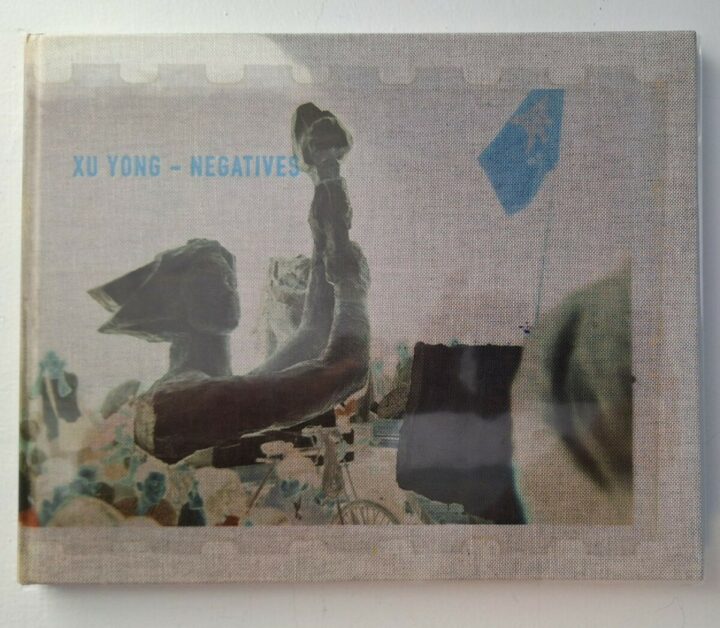
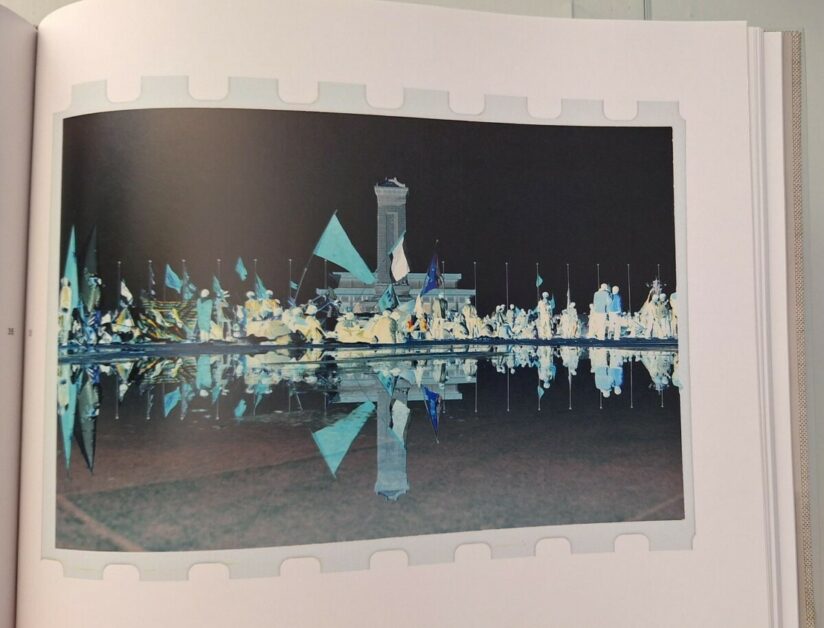
SPECIAL COLLECTIONS
Documenting a Movement
In order to enhance the collection of materials pertaining to women’s suffrage in the Woman’s Collection, we are actively acquiring ephemeral materials and realia that directly depict the movement as it occurred in the United States.
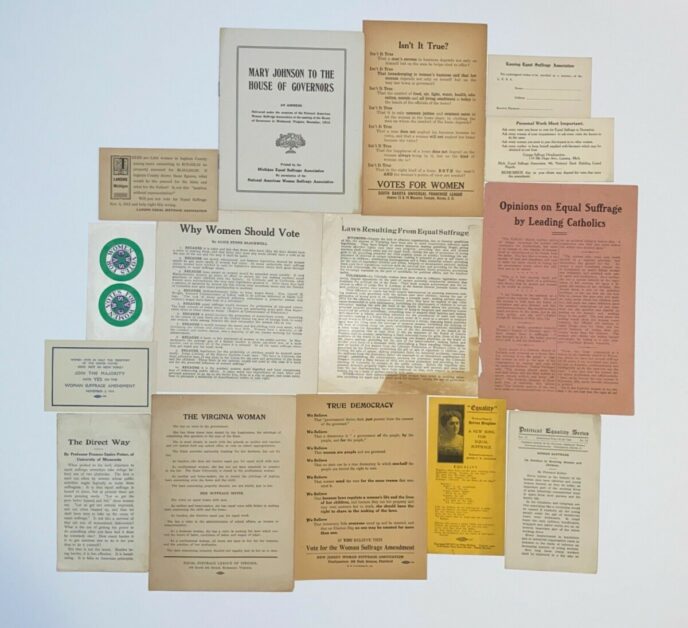
The suffragist movement faced challenges such as the questioning of the morality of women who left traditional roles to fight for the right to vote. One example of this was the issue of appropriate attire. The restrictive fashions of the time not only hindered women’s abilities but also perpetuated the idea of their incompetence. Progressive women advocated against the wearing of corsets, especially on young girls, as it had detrimental effects on their health.
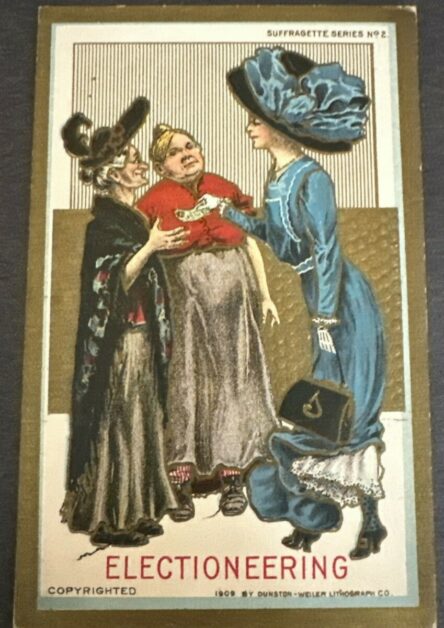
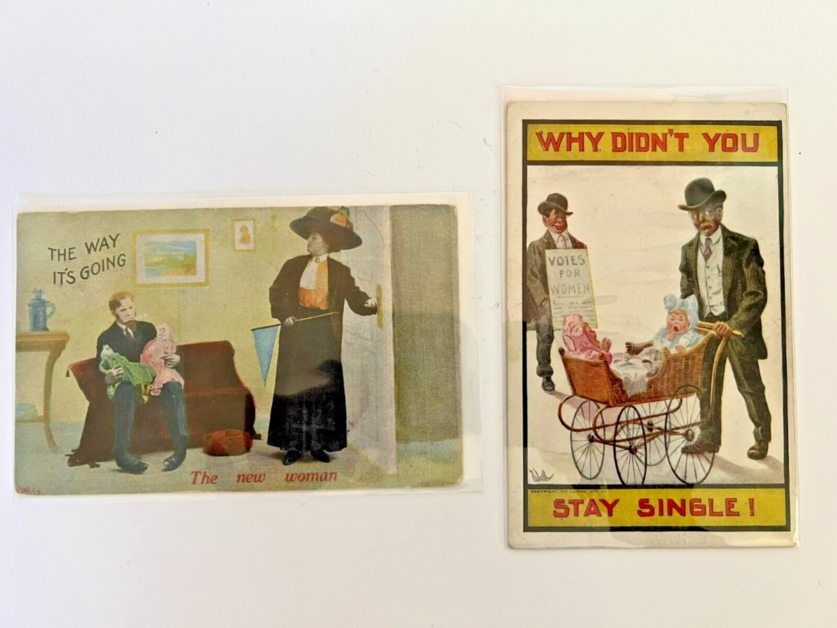
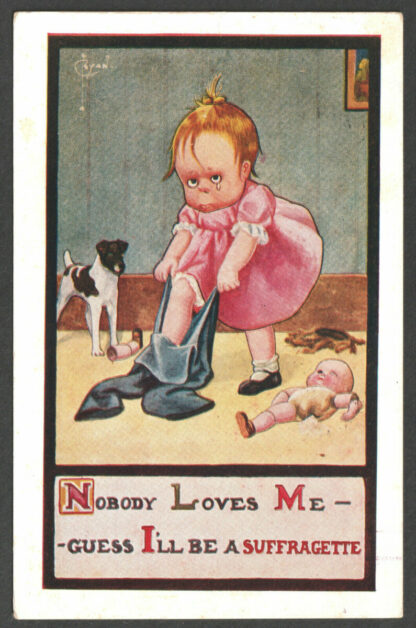
A novel addition to the symbols of the women’s movement was the cat, which emerged as a representation of the traditional role of women in the home. Anti-suffragists utilized the image of the cat to convey the belief that women should focus on domestic duties rather than participating in activism for voting rights.
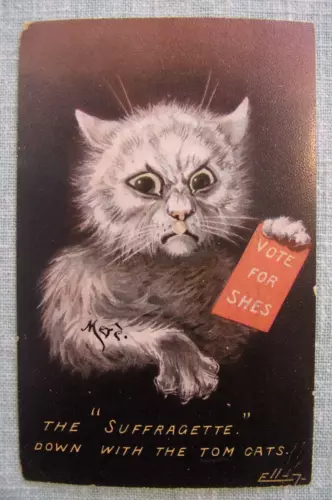
WOMEN VETERANS HISTORICAL PROJECT
UNITED STATES MARINE CORPS WOMEN’S RESERVE CAMP LEJEUNE NEW RIVER YEARBOOK, CIRCA 1943
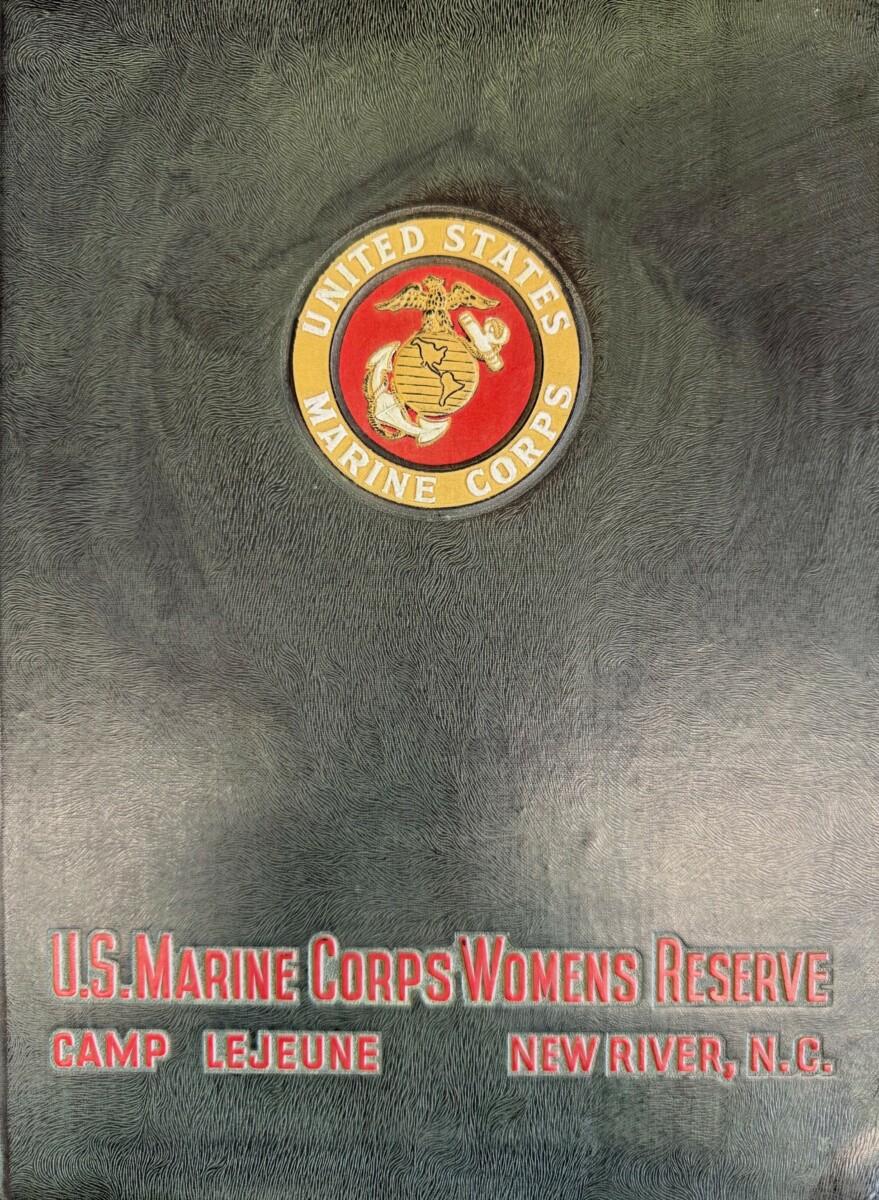
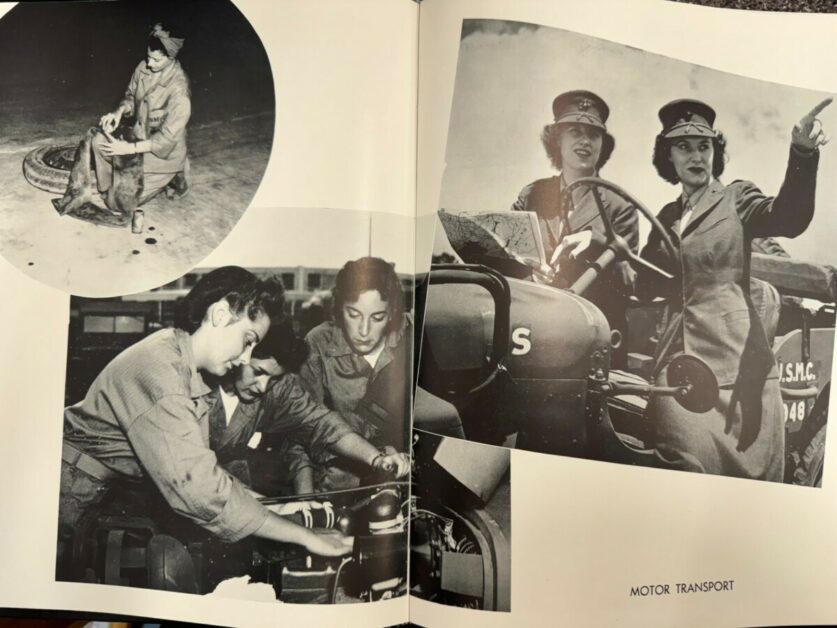
BERNADINE ANNE HAEDECKE COLLECTION
Haedecke served in the United States Women’s Army Corps from 1951-1953. Born in Schenectady, New York, she joined the WAC in 1950 and graduated from Officer Candidate School at Fort Lee, Virginia (now Fort Gregg-Adams) WAC Training Center, in July 1951. The materials in the collection include photographs, military papers, recruiting radio scripts, training materials, photographs, ephemera, and military patches.
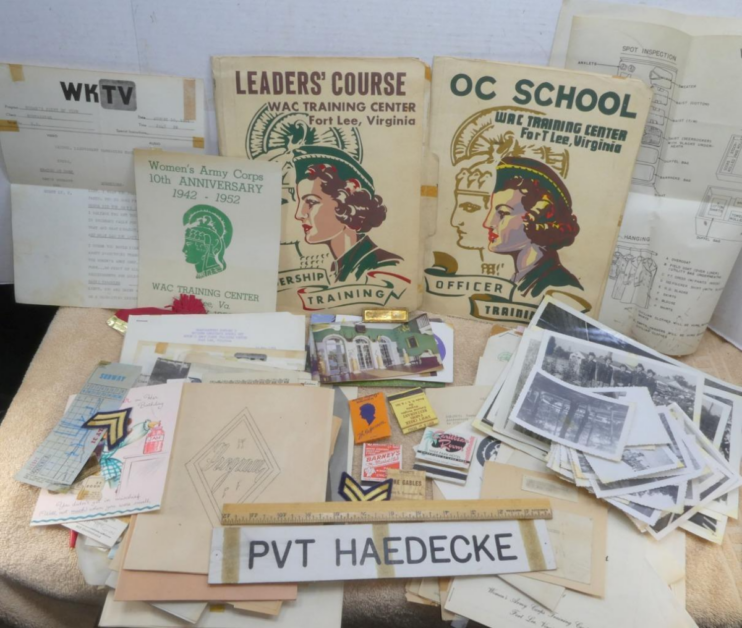
EULALIE SELLERS SCRAPBOOK
Sellers served as a nurse in the U.S. Army Nurse Corps from 1918-1919. From Quincy, Illinois, Sellers was part of the American Expeditionary Forces during World War I and was stationed in France. Her scrapbook contains photographs, newspaper clippings, and ephemera such as postcards, ticket stubs, menus, and programs.
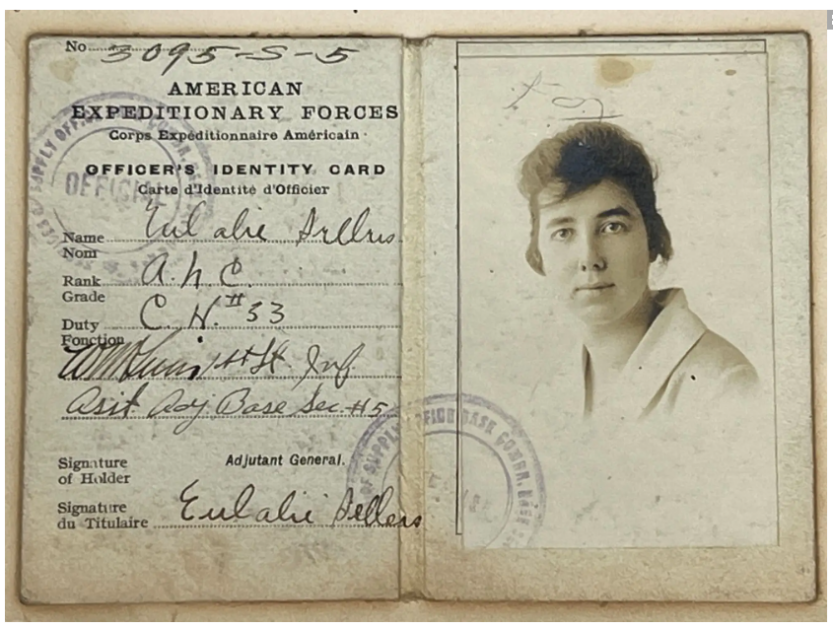
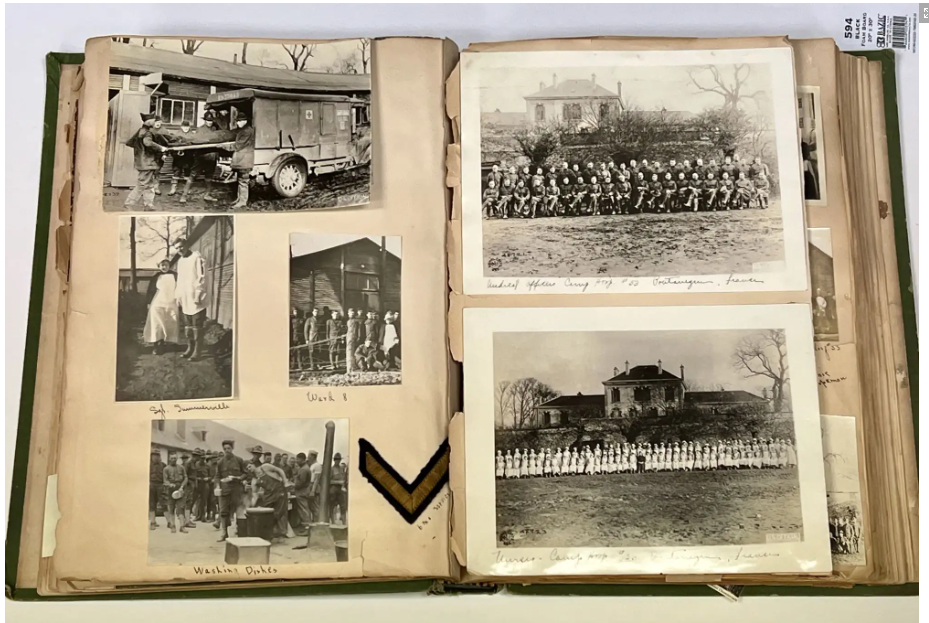
GWEN I. TAYLOR LETTERS
53 letters written from 1954-1955 by U.S. Navy Nurse Lieutenant JG Gwen I. Taylor to her fiancé, and fellow Navy officer, Ceril Erwin Rice. Taylor was stationed at the time at the U.S. Naval Hospital in San Diego, California. She wrote about her experiences in the the Naval hospital as well as plans for her and Rice’s upcoming wedding.
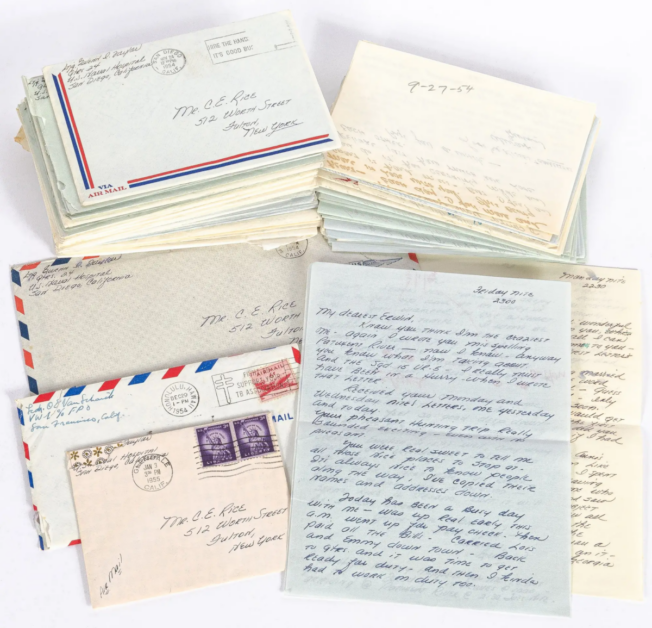
JULIET INNESS ELLSWORTH COX COLLECTION
Archive of Documents and Photographs related to Juliet Inness Ellsworth Cox (1881-1966) during her service in the American Red Cross Motor Corps New York County Chapter during World War I. The collection includes a scrapbook, photographs, chauffeur’s licenses, certificates, letters, and drawings.
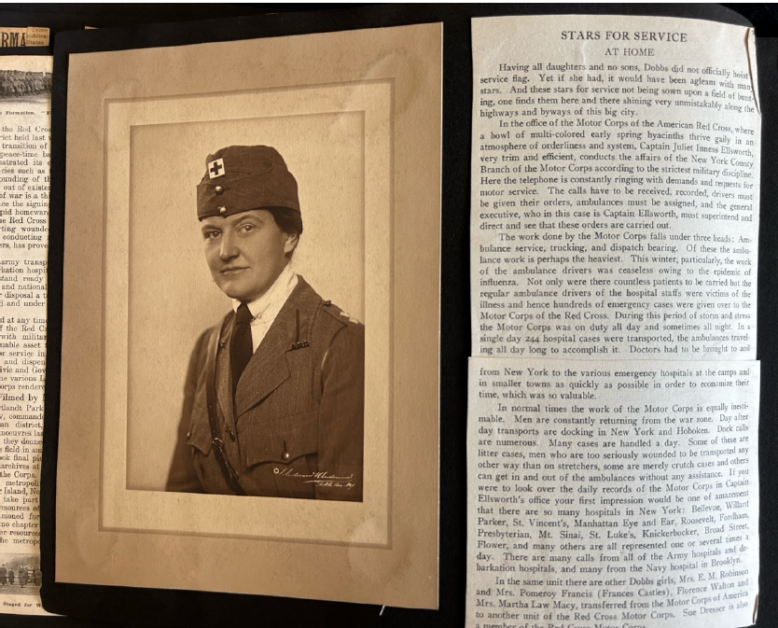
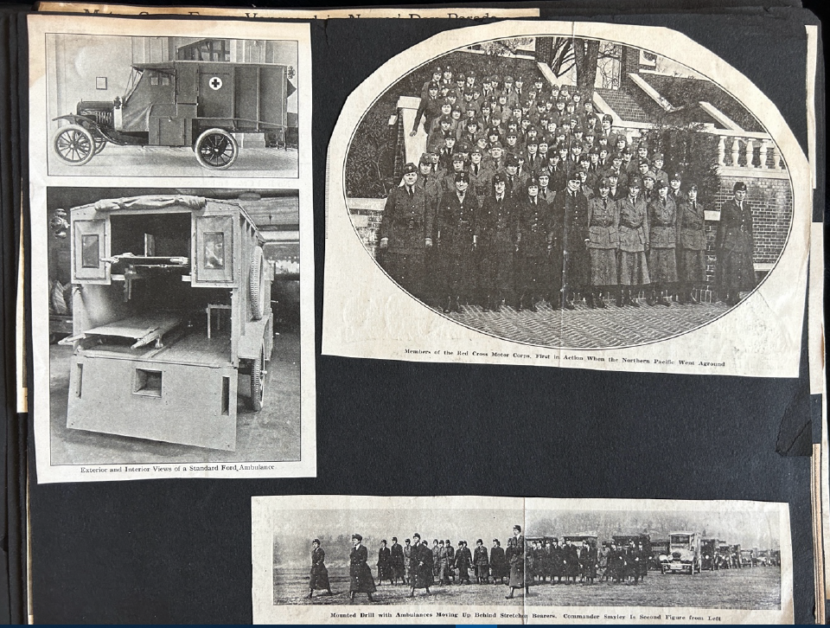
DOROTHY DUBREVILLE COAST GUARD SPARS WWII SCRAPBOOK
This scrapbook and photograph album was put together Dorothy Dubreville documenting her time as a by U.S. Coast Guard SPAR from 1944-1945. Dubreville attended boot camp at the SPARs Training Station in Palm Beach, Florida. The album includes photographs with fellow SPARs, her military orders, and lyrics of Coast Guard Songs.
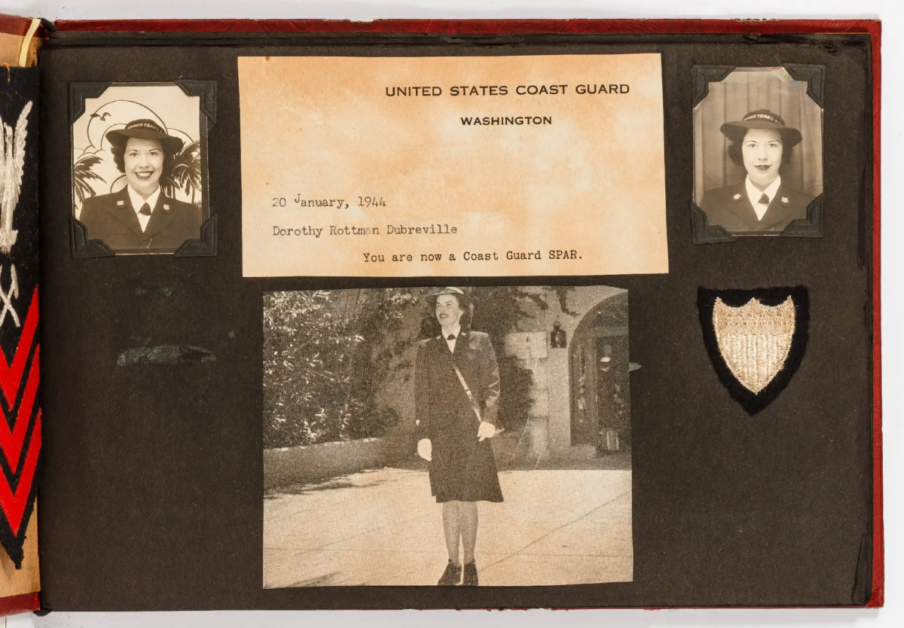

GENEVIEVE “GENE” KENNEDY WAC SCRAPBOOK
Kennedy joined the U.S. Army WAC in 1945. This scrapbook documents her basic training at Fort Ogelthorpe, Georgia.
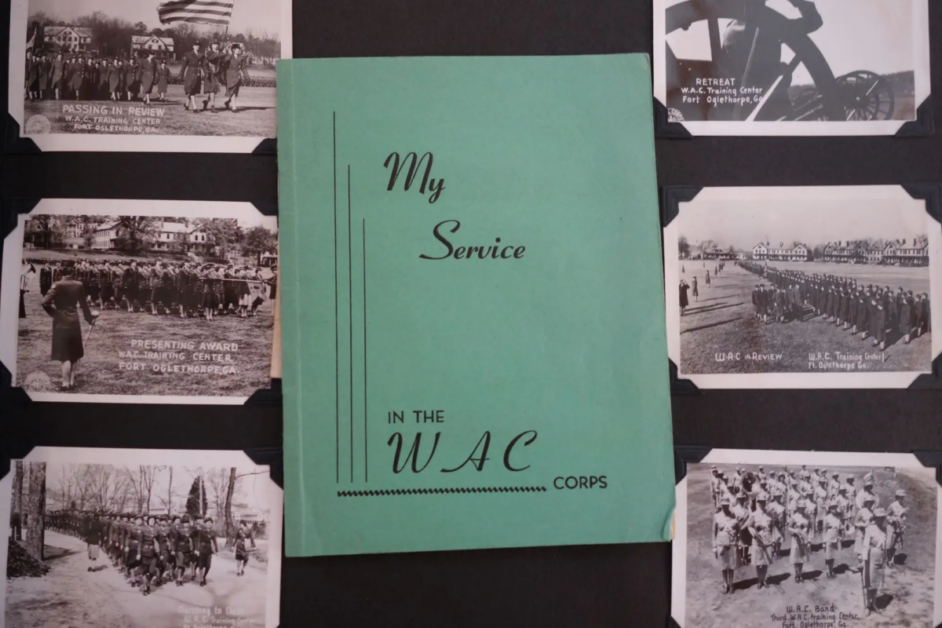
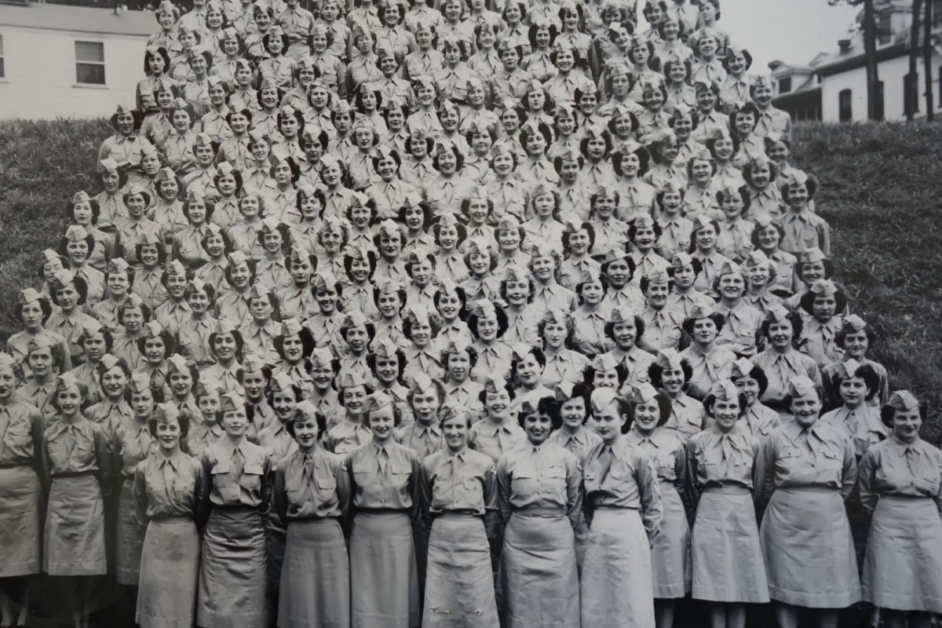
UNKNOWN EARLY 1950S WAC PHOTO ALBUM
A photo album compiled by a woman who was training with the Women’s Army Corps (WAC) in the early 1950s. There are no captions but signage in the images depict the soldiers in training departing from Berea, Ohio, a suburb of Cleveland, to train with the 21st Transportation Unit in Columbus around 1951.
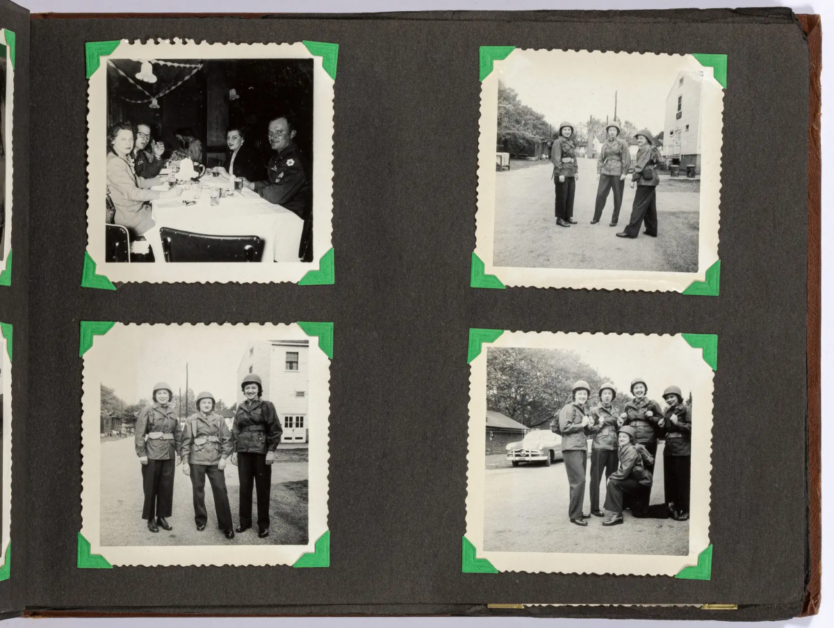
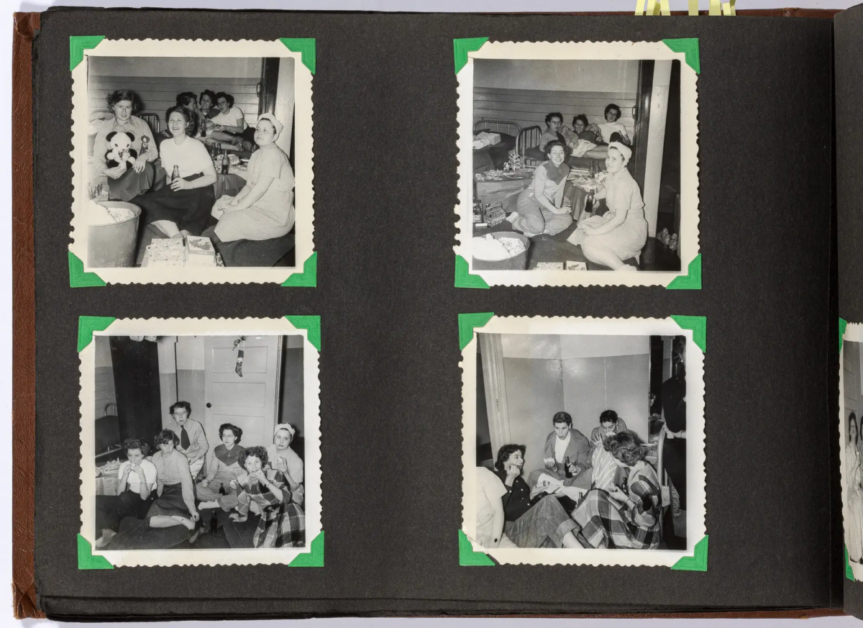
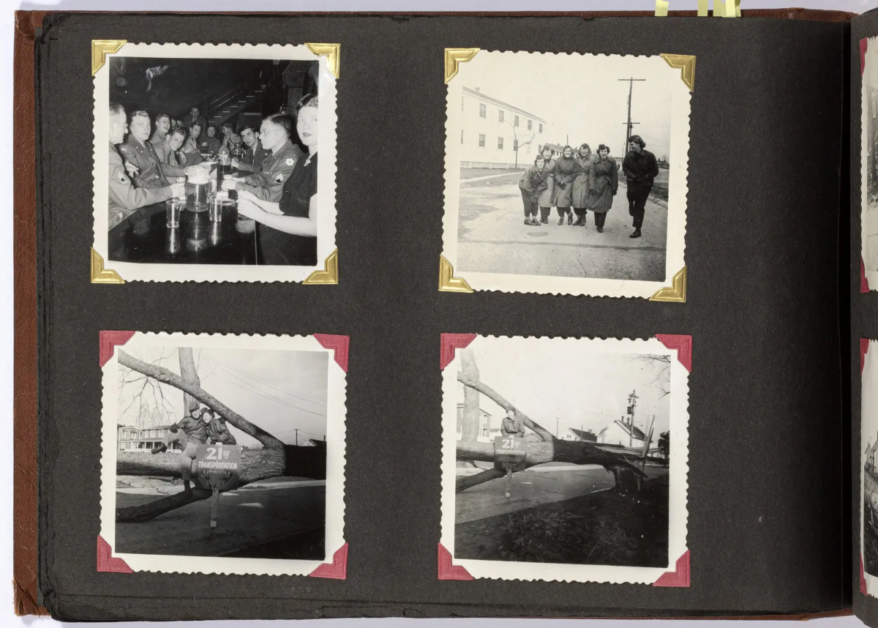
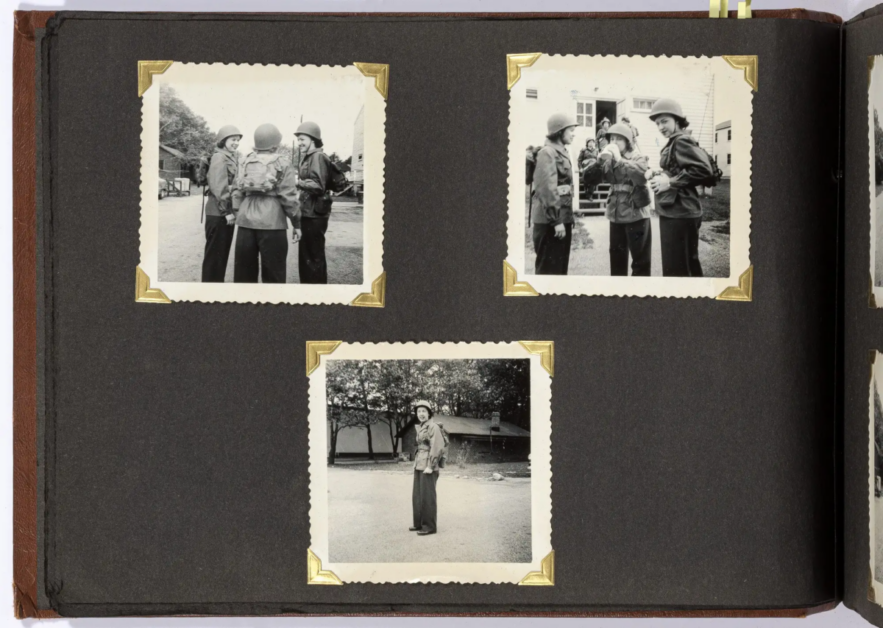
UNKNOWN WORLD WAR II AMERICAN RED CROSS NURSE PHOTOGRAPH ALBUM
A photo album kept by an American Red Cross nurse while stationed in Hawaii with the 108th Medics 27th Division during World War II. The majority of the photos are taken on the island of Oahu and feature military encampments and beaches in the area.
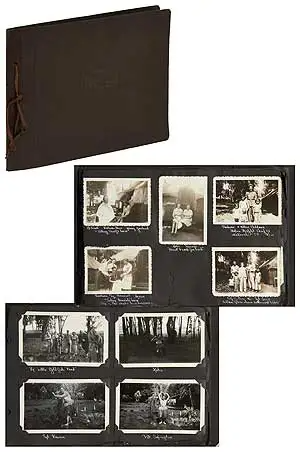
UNKNOWN WORLD WAR II U.S. NAVY WAVE PHOTOGRAPH ALBUM
The album contains 60 photos collected by an unnamed U.S. Navy WAVE during WWII. Images show her boot camp at Hunter College, New York, fellow WAVES on and off duty, as well as socializing with Navy sailors. Later photos possibly were taken at Naval Air Station in San Francisco, California.
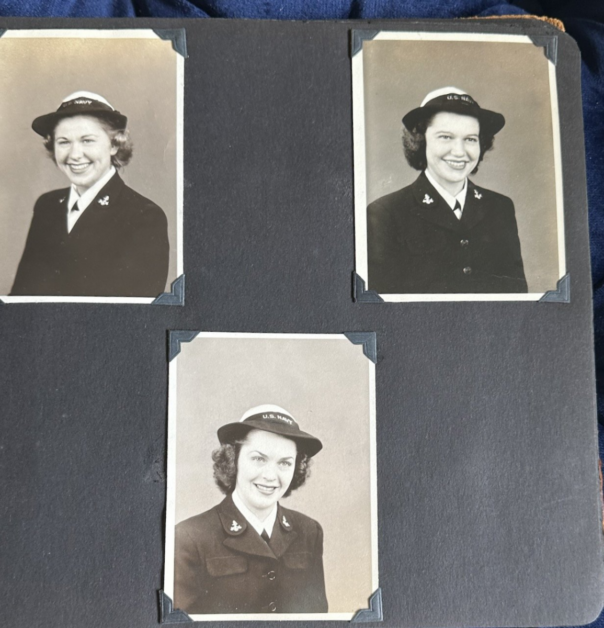
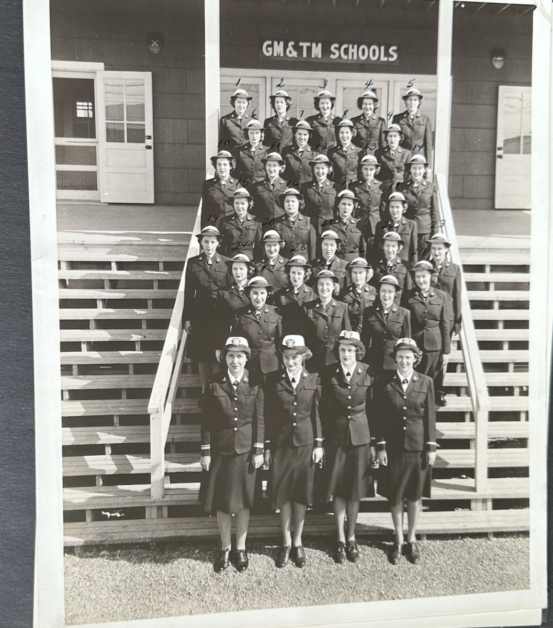
PRESS PHOTOGRAPHS OF ARMY WACS AND NAVY WAVES
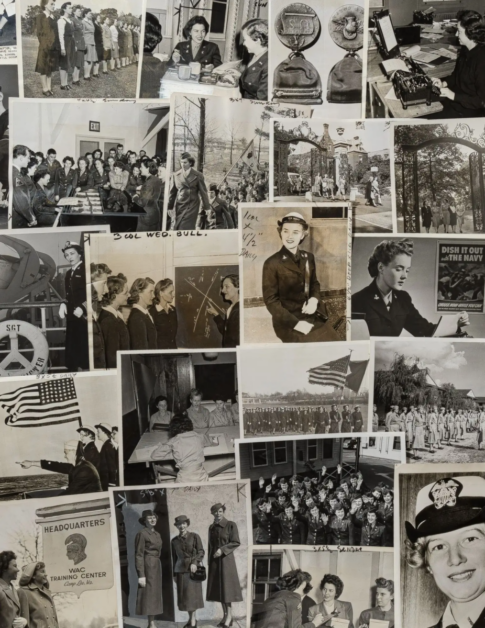
COPY OF NAVAL HOSPITAL NEWSPAPER BEDSIDE EXAMINER
Bedside Examiner U.S. Farragut Idaho Volume 1, Number 36, 14 July 1944
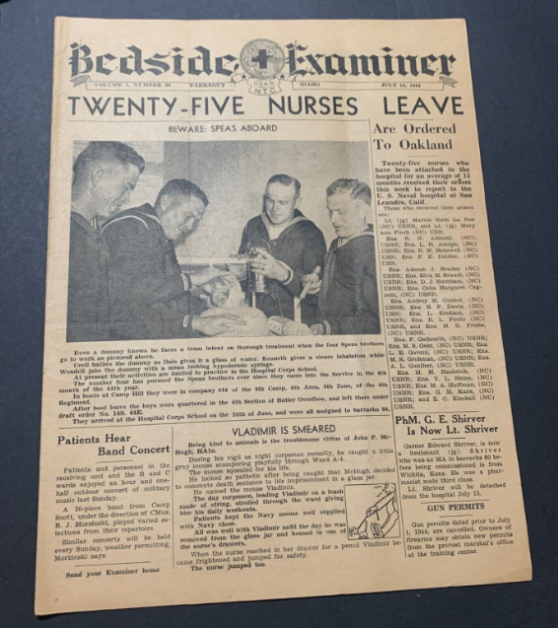
RECRUITING POSTERS
Ten posters ranging from World War II to 1968.

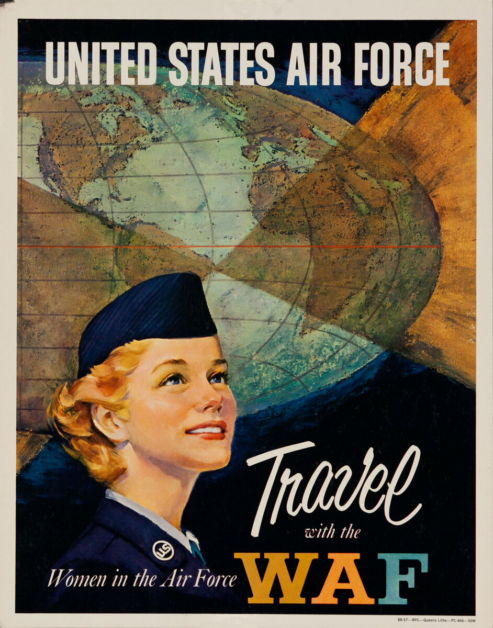

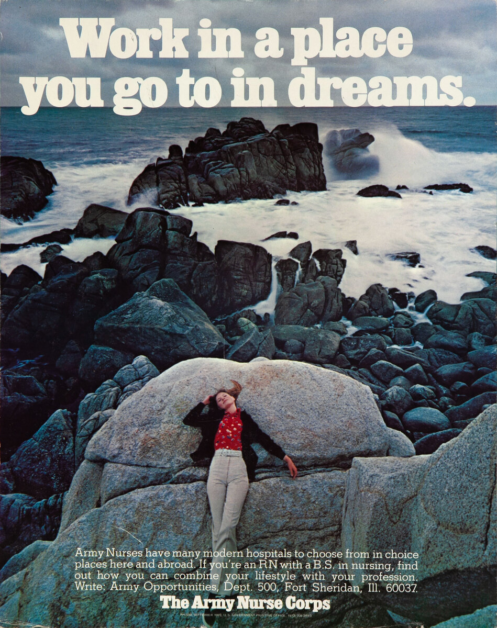
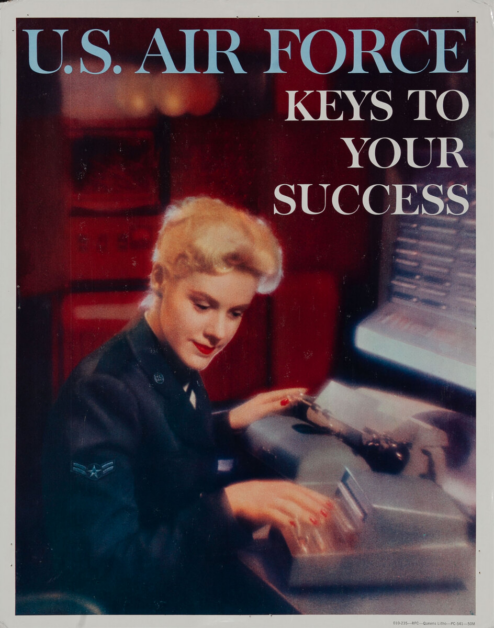
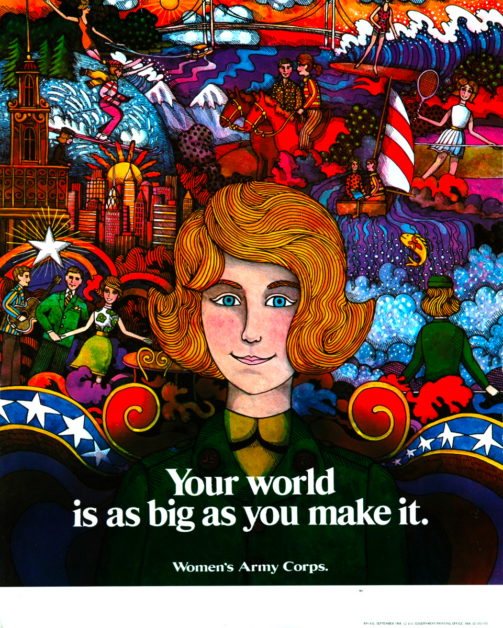
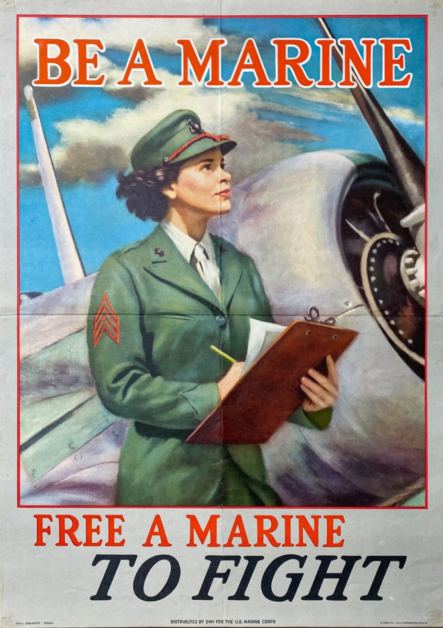
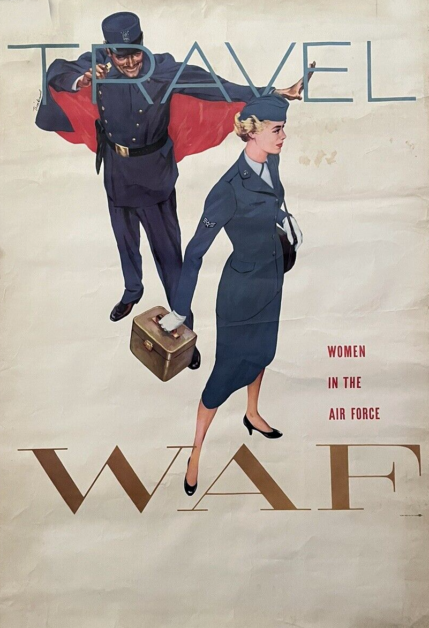
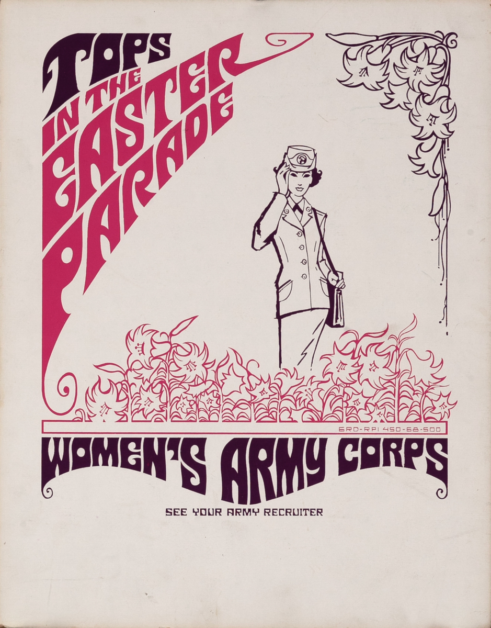
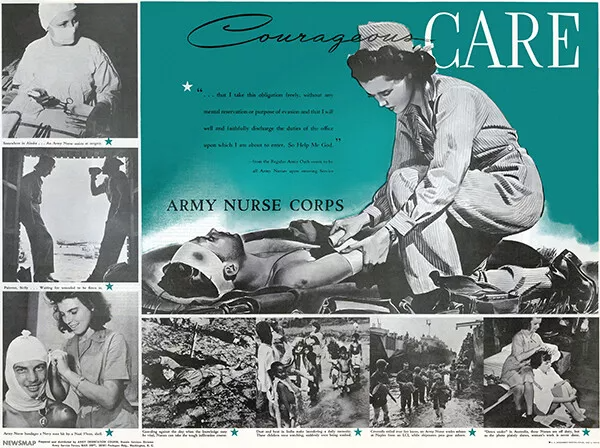
WORLD WAR I AMERICAN RED CROSS CANTEEN POSTCARD
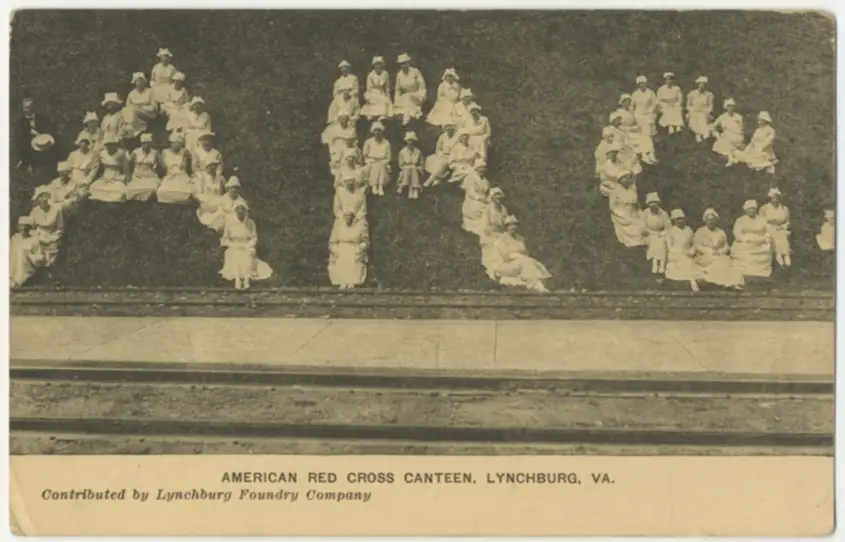
University Archives
SPIRO MASCOT COSTUME!
UNCG officially adopted the Spartan as its athletic mascot in 1967. Through the years, it has had several different representations. He was given an exciting new look prior to the 2004-05 school year by Ms. Sherry Lyon, a professor in the School of Textile Products Design and Marketing. SCUA recently acquired a Spartan costume that was of the style unveiled in the fall of 2004 and given a refresh in January of 2019. The updated Spartan quickly became a fan favorite at UNCG athletic events. In the fall of 2011, the Athletics Department conducted a contest to officially name the Spartan. “Spiro,” the Greek word for spirit, was the official winner.
